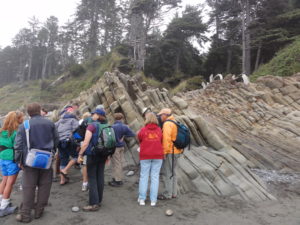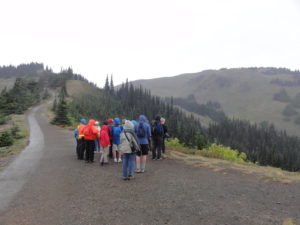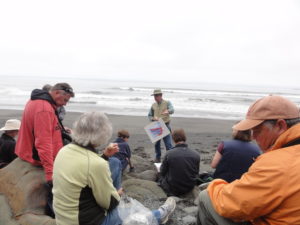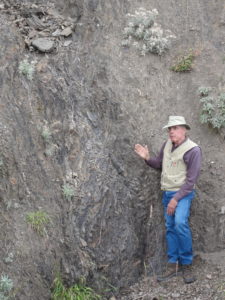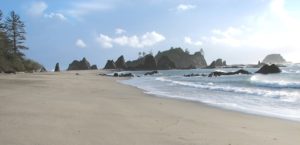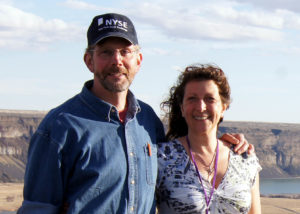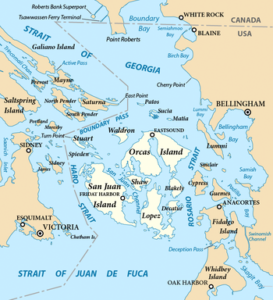
About the Field Trip
GEOLOGY OF THE FIDALGO, LOPEZ, AND THE SAN JUAN ISLANDS
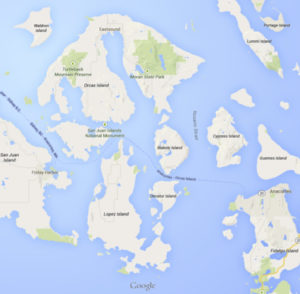 TRIP OVERVIEW
TRIP OVERVIEW
Day 1. Lopez Island:
Ferry from Anacortes to Lopez Island. Three stops to see rocks and structures of the Lopez Structural Complex –a major fault zone of the San Juan thrust system. Ferry to San Juan Island in the afternoon.
Day 2. San Juan Island:
Stops at Lime Kiln Point to see rocks transported thousands of miles from the tropics, Cattle Point to see deformed sandstones and siltstones of the Lopez Structural Complex grooved by glaciation, and American Camp to see a major thrust zone. Ferry to Anacortes.
Fidalgo Island:
Stop to see an assemblage of oceanic crust
FIELD TRIP COORDINATOR:
Jim Aldrich is coordinating the logistics (lodging, transportation, ferry schedules, etc.) for the trip and is the contact for questions.
FIELD TRIP LEADER:
Liz Shermer, professor, Department of Geology, Western Washington University, has studied and published papers on the geology of the islands.
SPACE AND COSTS
Limited Space: Space is limited on this trip to 23 persons as only five cars (each holding 5 persons) can be accommodated at certain stops. Sign-up for the trip is on a first-come basis.
Costs: A $50.00 trip fee, per person, is being charged to cover the Geology Group’s operational costs. Persons will be added the trip list on receipt of their $50.00 fee. The fee is non-refundable should one withdraw from participating. The fee does not cover the cost of lodging or meals. Lodging has been reserved on San Juan Island for Saturday the 19th. Cost for rooms are under $90.00, have full or queen beds and may be shared with another person.


